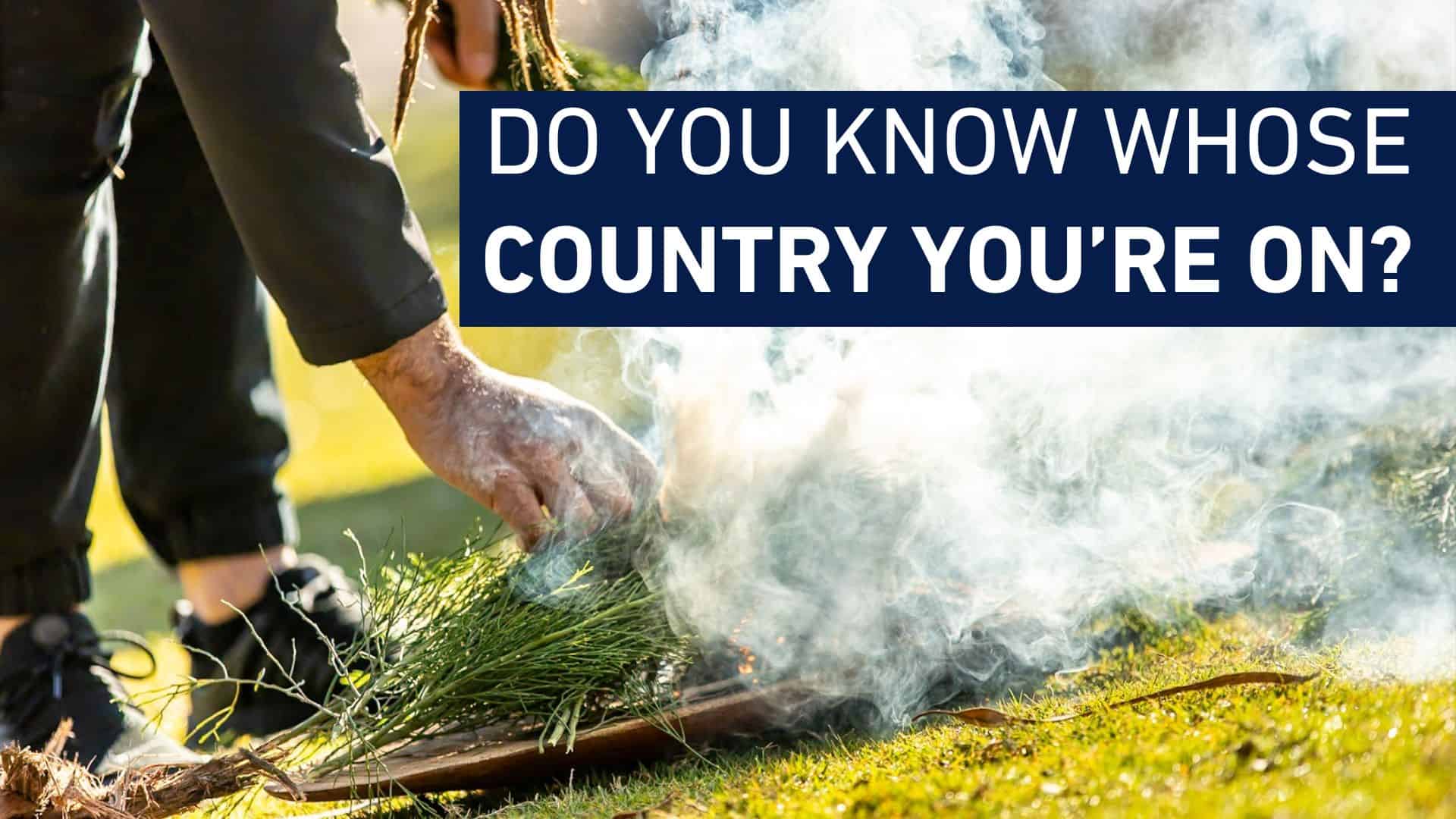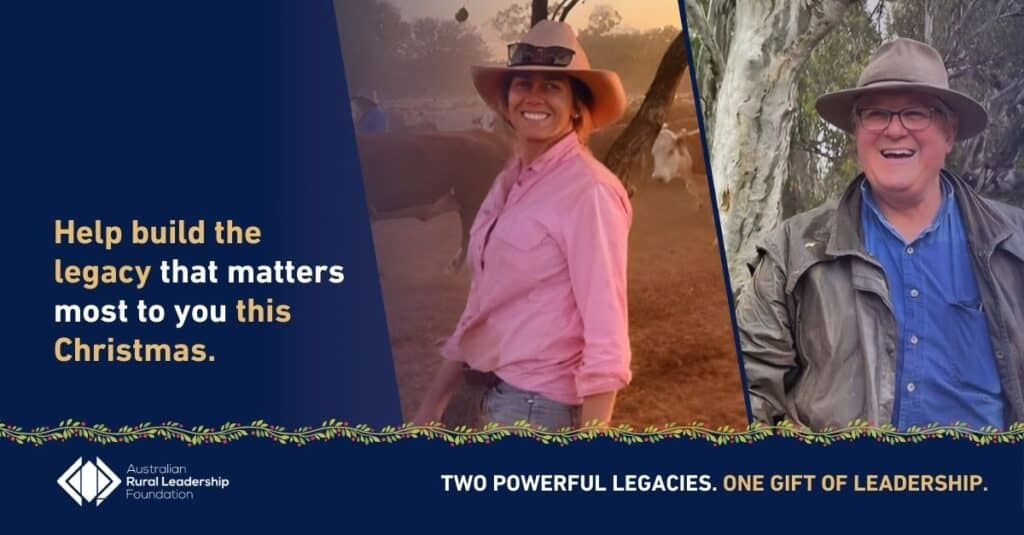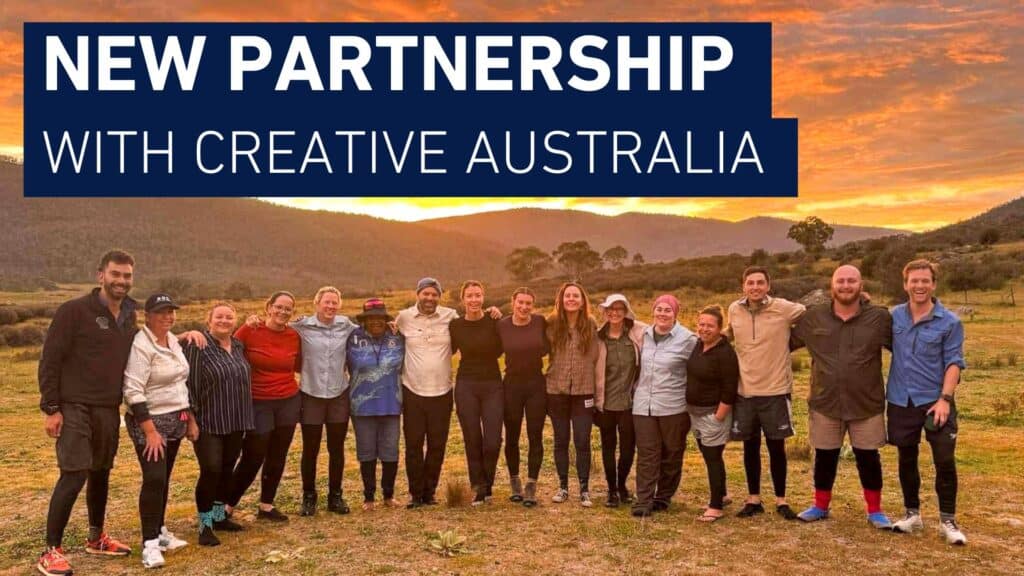At the Australian Rural Leadership Foundation, we often start our gatherings by acknowledging the Traditional Custodians of the lands we meet, learn, and live on. But a deeper question often follows: Whose Country are you on?
As we approach NAIDOC Week, this question invites more than politeness or protocol. It encourages curiosity, connection, and responsibility. It reminds us that every paddock, mountain range, river, and township across Australia is part of a vast and living cultural landscape. One that long predates the first tall ships that made their way into Botany Bay.
Country is not just land
In First Nations ways of knowing, Country is not a parcel of land or a resource to extract. It is kin. It is alive. It holds story, song, law, memory, and responsibility.
Country includes everything, land, water, air, animals, plants, ancestors, and people. It is spiritual, physical, emotional, and cultural all at once. The connection between First Nations peoples and their Country is deep, continuous, and reciprocal. It is about care, belonging, and identity.
Understanding whose Country you are on begins with recognising that this place has always been cared for by a specific group of people. They have sustained and been sustained by it for tens of thousands of years.
Learning to ask better questions
When we ask “Whose Country am I on?” we open a door to deeper place-based leadership. We begin to see leadership as something that is connected to land, history, and community and not just positions or titles.
For those of us who do not identify as First Nations, asking this question is a small but important act of respect. It opens a willingness to learn about the true history of the places we live and work in. It also invites us to consider our role in the future of those places.
This is especially important in rural, regional, and remote Australia, where the footprint of colonial systems often runs deep. Understanding whose Country we are on helps shift our focus from ownership to relationship.
Start with the name
A simple place to begin is learning the name of the First Nations Country where you live or work. You might already know it. If you don’t, there are many resources to help.
One of the most commonly used tools is the AIATSIS Map of Indigenous Australia, which shows over 250 language and cultural groups across the continent. Another is Common Ground’s ‘Who’s Country’ tool, which provides local knowledge and stories where available.
But maps only tell part of the story. The most respectful way to learn is through conversation with local First Nations organisations or Elders. Ask for guidance. Listen with care. Understand that protocols vary from place to place.
Acknowledging Country in meaningful ways
Once you know whose Country you are on, consider how you acknowledge that in your day-to-day work. Do you include Country names in your email signature or Zoom background? Do you begin meetings with a thoughtful Acknowledgement of Country?
At ARLF, we encourage staff, facilitators, and alumni to develop personal Acknowledgements of Country. Not just read from a script—but speak from the heart. This might include reflections on how you are connected to the place, what you are learning, or how you are showing respect.
Acknowledging Country is not about ticking a box. It is about grounding your leadership in truth, humility, and place.
Beyond acknowledgement: building relationships
The next step is getting to know the people and organisations who care for Country in your region. First Nations communities hold deep wisdom about land management, social cohesion, and long-term thinking.
You might reach out to a local Land Council, cultural centre, ranger group, or community leader. You could attend a NAIDOC Week event, a cultural workshop, or a local ceremony. You could also read, listen, and reflect.
Why this matters for leadership
Leadership is not just about taking charge. It’s about listening, making space, and acting with integrity. When you understand the Country you’re on, you lead with more context and care.
In our programs, we see how powerful it is when participants recognise the long-standing leadership that already exists in place. First Nations leadership is often quiet, intergenerational, and relational. It challenges many mainstream ideas of what leadership looks like.
If we are serious about collective leadership, we must start with place. And we must start with respect.
An invitation to act
So here’s your invitation:
- Look up whose Country you are on.
- Learn how to pronounce it correctly.
- Include it in your communications and conversations.
- Reach out to local knowledge holders.
- Reflect on how you can show respect and build relationships.
And most of all, stay curious. This isn’t a one-off exercise—it’s a practice.
Final thoughts
When we ask “Whose Country are we on?” we don’t just learn geography. We begin to understand that every action we take happens in a place with history, culture, and custodianship.
This question grounds us in the reality that we are always on someone’s Country and that we have a role to play in honouring that.
Use this question as your own starting point. Throughout our network, let’s keep learning, listening and walking together, not just during NAIDOC week but beyond.





